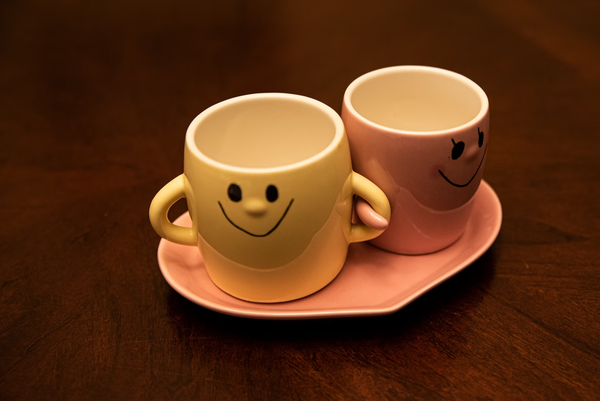What to consider before picking the right sports bra

For most active women, wearing a good sports bra is just as important as picking a good pair of running shoes for their feet. Aside from providing protection and support, the right sports bra can better improve your performance while reducing breast skin strain and muscle tears during workouts.
One study from the journal of BMJ Open Sport & Exercise Medicine even found that breast skin strain/strain rates were correlated with breast volume, suggesting that women with larger breast volumes may be more susceptible to breast skin strain. But fret not! Choosing the right sports bra may seem like a no-brainer to some, but for the less-experienced, here are a few pointers to look out for before making a purchase.

1. How much support do you need for your breasts?
This usually depends on the kind of activity you will be doing. Generally, sports bras are categorised into three i.e. low-support, medium support and high-support.
- Low-Support – Just like the category, these bras have minimal support and are best for low-impact activities such as yoga, pilates and meditation. Typically, women with smaller breast cup sizes may even feel like they can perform more intense activities with these types of bras and not feel uncomfortable.
- Medium-Support – Women with C or D cup sizes can typically use a medium-support bra for activities like light gym training, jogging and dance aerobics. As for women with A and B cup sizes, medium support bras may even be used for high-impact activities.
- High-Support – If you’re looking for maximum support possible during high-impact activities, this bra is for you. It’s also suitable particularly to those with larger busts. High-support bras are common in high-impact workouts and sports like running, cross training, HIIT and dance.

2. What’s your cup size and bust type?
Sometimes, being a 34B doesn’t mean that your sports bra size automatically is the same. Your breast shape plays a role in choosing the right bra for you. According to boobydoo, there are nine types of breast shapes. Below are the shapes and types of sports bra that are suitable for each shape:
![]()

3. Special circumstances to look out for
- Lactating and pregnant mothers - For some, breasts are bigger or swollen during those body-changing pregnancy and post-partum months. The best nursing sports bras will help reduce movement, giving you a comfier, more supported workout while also protecting the chest.
- Period cycles - Sometimes, breasts can feel a little more tender to the touch during periods. Look out for soft, breathable fabric to reduce nipple friction or even compression sports bra for a snug fit to reduce bounce.
All in all, buying a good sports bra should not be an afterthought. Get a sports bra that fits you well; with good support and adjustability. Test it out by doing jumping jacks, running on the spot or even waving your arms side to side. Don’t worry about on-lookers. Your breast health matters more.
Speak to a bra specialist near you or contact our customer service for a bra fitting.
Disclaimer: You should consult your physician before beginning any workout/training programme.
Other relevant studies:
Sports bras and breast kinetics
Sports Bra Preferences by Age and Impact of Breast Size on Physical Activity among American Females






